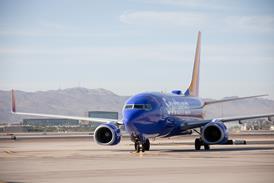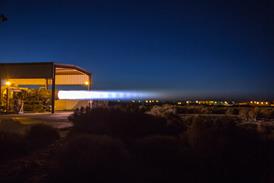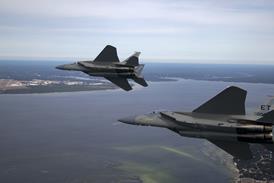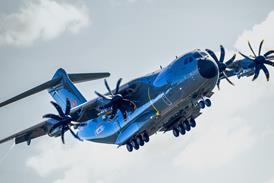Guy Norris/LOS ANGELES
The US Federal Aviation Administration is due imminently to issue an airworthiness directive (AD) calling for speedier and more thorough inspections of high pressure compressor (HPC) spools in General Electric CF6 engines. The move follows the uncontained failure of a CF6-80C2 on a Varig operated Boeing 767-200ER during take-off at Sao Paulo, Brazil, on 7 June. The AD could involve the inspection of up to 4,000 engines.
The crew rejected the take-off after hearing a loud bang at about 60kt (110km/h), and ordered an evacuation on the runway when they realised that the ensuing fire was coming from the engine and not the undercarriage. Debris penetrated the fuselage forward of the right main gear, but the passenger cabin was not affected. The investigation of the engine revealed that a fracture had originated in the 7th stage web of the powerplant's HPC stage 3-9 spool and led to the separation of the 6th, 7th and 8th stage disks. The US National Transportation Safety Board (NTSB) says more than 10 previous HPC spool failures have led to similar uncontained failures on CF6 engines.
The incident was attributed to dwell fatigue cracking which affects creep resistant titanium alloys such as the titanium 6-2-4-2 used in the HPC. GE had previously identified this type of dwell fatigue phenomenon and improved processes to eliminate it on engines built since mid-1995.
It also initiated a programme to replace earlier spools with the newest design, and developed a series of repetitive ultrasonic and eddy current inspections to check older spools. These inspections originally only covered the hub area, but extended to the web area of the spool around 1997. This inspection was the subject of an FAA AD in January this year, but according to GE only around 25% of the spools have been inspected to date.
The NTSB recommended the "expeditious" completion of an initial inspection of approximately 600 spools considered to be at greatest risk. GE says the CF6-80C2 engine will be most affected, while spools in the -50 and -80A versions are affected by dwell fatigue only in the hub area.
Source: Flight International























